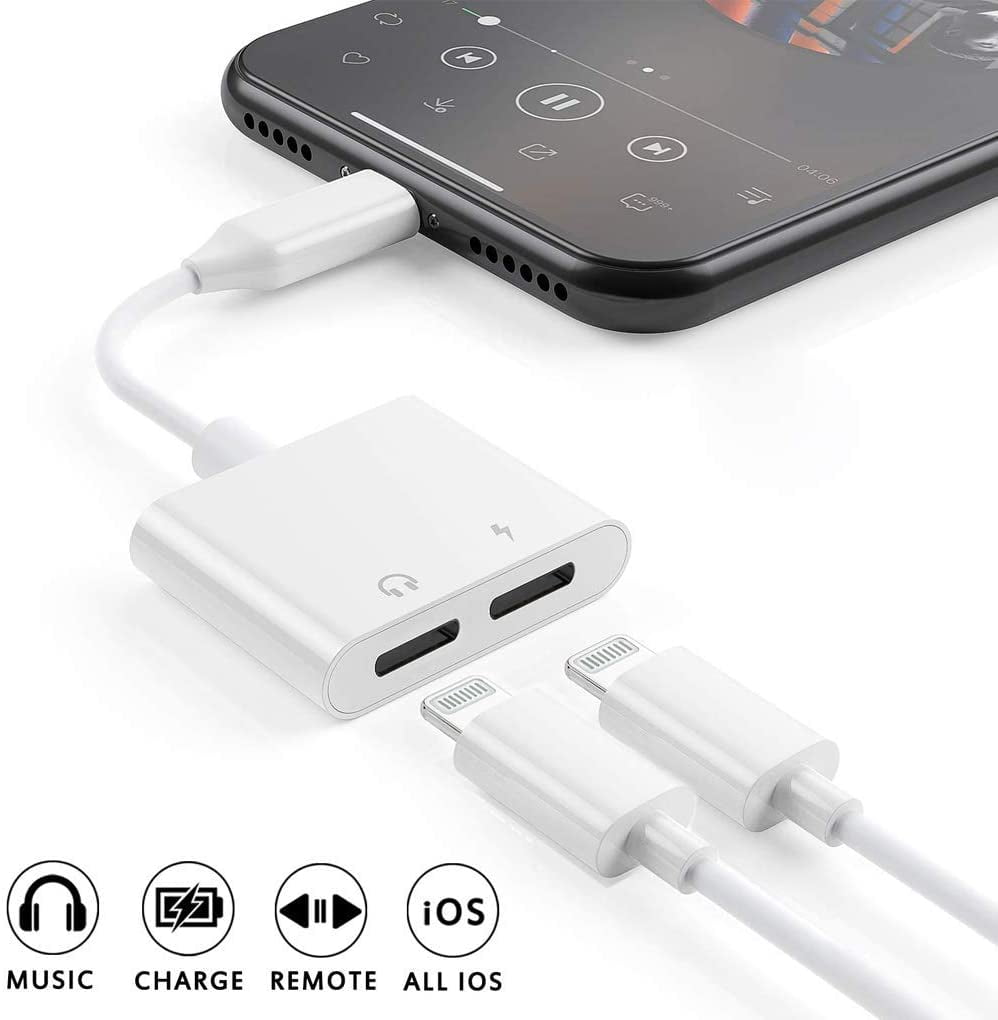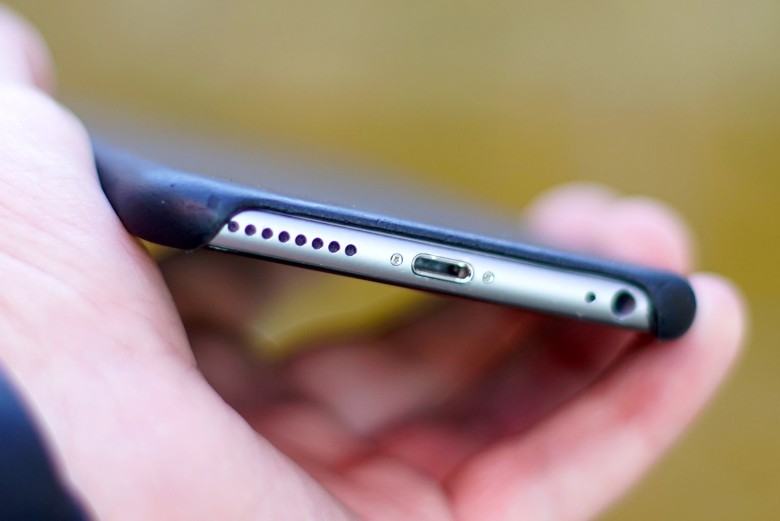
Interestingly, several reports have said that Apple is looking into ways it could still retain some amount of control over the iPhone’s accessory ecosystem. This has also been corroborated by other iPhone 15 images leaked on Twitter. In an interview, Apple marketing exec Greg Joswiak even went as far as to say Apple will have no choice but to comply with the EU legislation, effectively confirming that iPhone with USB-C is coming sooner rather than later.įinally, 9to5Mac has exclusively obtained CAD files of the iPhone 15 and iPhone 15 Pro, confirming that the devices do have a USB-C port instead of Lightning. This report was eventually corroborated by Bloomberg, which also said that the iPhone 15 may switch to a USB-C port next year.

Apple analyst Ming-Chi Kuo predicted last May that the iPhone 15, coming this year, will feature a USB-C port for charging and data transfer. When it was first unveiled in 2012 with the iPhone 5, Apple’s Phil Schiller touted that it would be the “modern connector for the next decade.” It’s been a decade since that announcement, and it’s clear that Lightning is falling behind USB-C in things like charging speeds and data transfer speeds. The Lightning connector is also starting to show its age. Charging speeds aren’t as fast, data transfer is slow and unreliable, and consumer adoption just isn’t there yet.Ī port-less iPhone is still in the works and is something being internally tested at Apple, but we wouldn’t expect to see it launch to the public this year or next year. It’s easy to see why – wireless technologies simply aren’t reliable or powerful enough to completely replace a connector like Lightning or USB-C. Will the iPhone 15 use USB-C?Īnalyst Ming-Chi Kuo first predicted in 2019 that Apple would release a port-less iPhone as soon as 2021, but that didn’t come to fruition. This could technically give Apple until 2025 to formally comply with the USB-C regulations, but the expectation is that it will do so earlier than that. Under the law, companies have until December 28, 2024, to comply with the mandate with new smart introductions. Under the law, there are exemptions for products that are too small to offer a USB-C port.įinally, to complete the process, the USB-C law was officially recorded and went into effect on December 27, 2022. The law was passed with an overwhelming majority, with 602 votes in favor, 13 against, and 8 abstentions.
#Change lightning connector iphone 5 full#
In early October, the legislation in the EU was formally adopted following a full vote of the European Parliament. We can clear things up with uniform standards-for less expense, less hassle, and less waste. Senator Elizabeth Warren has echoed this call in a post on Twitter, saying:Ĭonsumers shouldn’t have to keep buying new chargers all the time for different devices. Many called on the US to pass something similar.

The company argues that such laws stifle innovation and actually lead to more environmental waste.Īfter the EU agreed on its legislation, lawmakers in the United States voiced their support. This includes the iPhone and even peripheral accessories like AirPods.Īpple has pushed back against legislation that would make a USB-C iPhone mandatory. Starting in 2024, all smartphones sold within the 27 countries of the EU will be required to use USB-C for charging. One thing that’s hard to overlook, however, is looming legislation around the world.Īfter multiple years of back and forth, the European Union officially reached an agreement for a “common charging port” standard. There are a number of reasons why Apple seems to have shifted its tune on releasing a USB-C iPhone. Head below for the latest details on what we know so far.
#Change lightning connector iphone 5 pro#
Amid regulatory pushback and limitations of the Lightning connector, the iPhone 15 and iPhone 15 Pro are expected to switch to USB-C this fall. A USB-C iPhone may have once seemed impossible, but the latest rumors suggest it’s actually coming sooner than you may think.


 0 kommentar(er)
0 kommentar(er)
